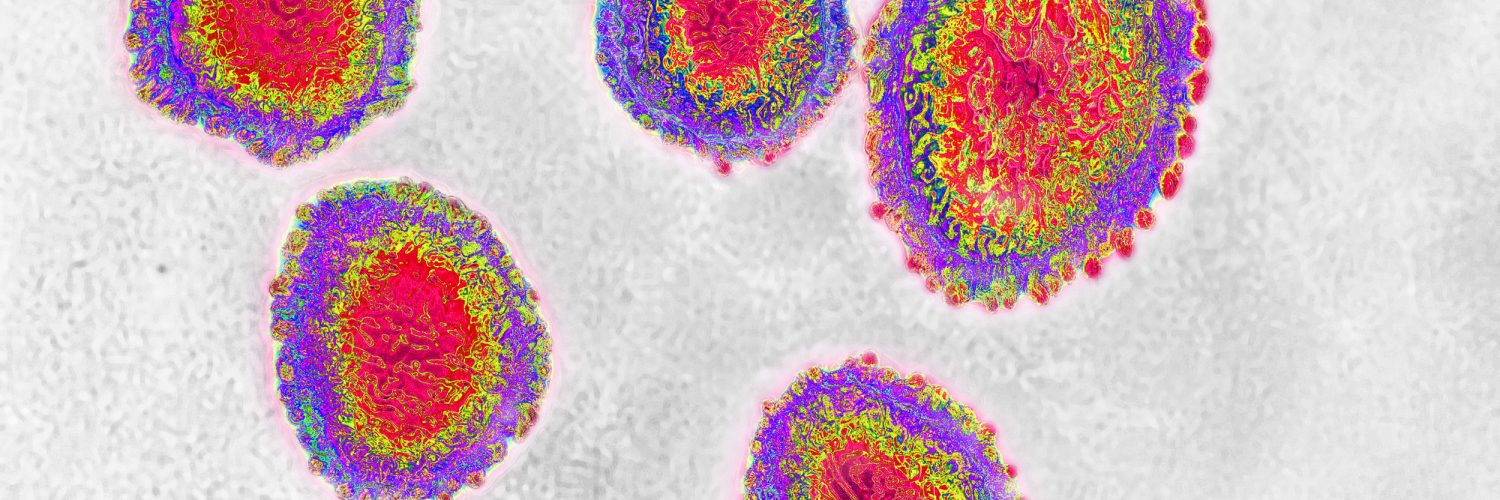by Rhodilee Jean Dolor
In 2018, the World Health Organization included a still unknown disease to its blueprint for research on priority diseases that are most likely to cause a global pandemic.
Disease X
WHO called this new potential threat “Disease X” and ranked it among the likes of Ebola, the Middle East respiratory syndrome coronavirus (MERS-CoV) and Severe Acute Respiratory Syndrome (SARS), which all caused serious illnesses and fatalities in regions they affected.
“Disease X represents the knowledge that a serious international epidemic could be caused by a pathogen currently unknown to cause human disease,” WHO said. “So the R&D Blueprint explicitly seeks to enable cross-cutting R&D preparedness that is also relevant for an unknown “Disease X” as far as possible.”
The United Nations agency said that Disease X could be caused by an unknown pathogen that can cause human disease, and the disease may go unnoticed until it is too late when it has already spread fast.
“The question is not if we will have another pandemic, but when. We must be vigilant and prepared,” WHO Director-General Tedros Adhanom Ghebreyesus warned in a statement released in March 2019.
Is The Novel Coronavirus The Dreaded Disease X?
As of March 3, the novel coronavirus (2019-nCoV) has infected over 90,000, killing over 3,000 worldwide, with cases in 70 countries while concentrated in China, South Korea, Iran, Italy, Japan, and the United States. Experts fear the disease could evolve into an extremely serious epidemic, possibly the Disease X that WHO has spoken about.
The 2019-nCoV has the likely attributes of Disease X. The 2019-nCoV virus belongs to a family of coronavirus that the deadly MERS-CoV and SARS belong to.
Virologists and epidemiologists also think that a pathogen that jumps from animals to humans could be the likely source of a pandemic. Corona viruses are zoonotic viruses, which means that they can be transmitted between animals and humans. The patients infected with the 2019-nCoV at the end of December all had ties to the Hunan Seafood Market in Wuhan where live fish meat and wild animals are sold. Researchers think that the virus likely mutated from a coronavirus common in animals and infected humans in the wet market.
The disease is also spreading like wildfire. From a seemingly isolated outbreak in China, the coronavirus has spread to other nations including Japan, Germany, Canada, the United States and the Philippines just weeks after Chinese health officials reported the illness to WHO on Christmas eve.
Hunt For Vaccine And Cure
Amid fears of 2019-nCoV becoming the next pandemic, researchers are beating the clock to find a cure and vaccine that can help save humanity from a disease that can potentially infect thousands more.
No vaccine for the 2019-nCoV is currently available, albeit China’s National Medical Products Administration has green-lighted the use of the antiviral drug Favilavir as experimental treatment for the disease. Research into the characteristics of the virus offers hope for a better cure and vaccine.
Chinese researchers published a sequence of 2019-CoV in a public database that allowed laboratories worldwide to develop their own diagnostics for the virus. The work was followed by a breakthrough in Australia, where scientists successfully grew the Wuhan coronavirus in laboratory.
All these provide researchers with crucial information on how to fight the virus, prevent it from spreading further, and protect people against it.
The situation is still grim, but the developments and efforts being made to address the current outbreak could be key to how humanity becomes better equipped at combating the next pandemic.
Combating The Next Global Pandemic
A crucial ammunition against the next pandemic is an effective vaccine, one that can provide people with immunity and prevent diseases from spreading.
Richard Hatchett, CEO of the Coalition for Epidemic Preparedness Innovations (CEPI), said that while the emergence of infectious diseases can be inevitable, vaccines are a powerful tool in fighting epidemic diseases.
CEPI is a nonprofit formed in 2016 to provide funding that can spur the development of new vaccines against emerging infectious diseases. It recently announced funding programs to develop vaccines against the 2019-nCoV with the hope of making a vaccine available for testing the earliest possible time.
The Inovio lab in San Diego uses DNA technology to find vaccines that can strengthen the body’s defense against diseases. It recently developed a potential 2019-nCoV vaccine dubbed “INO-4800” that could be tested on humans by early summer. Inovio senior vice-president of research and development Kate Broderick said that they were able to design a vaccine within three hours after Chinese researchers provided the DNA sequence of the virus.
“Our DNA medicine vaccines are novel in that they use DNA sequences from the virus to target specific parts of the pathogen which we believe the body will mount the strongest response to,” Broderick said. “We then use the patient’s own cells to become a factory for the vaccine, strengthening the body’s own natural response mechanisms.”
Works on diagnostics and potential treatments also make remarkable progress. Sherlock Biosciences in Massachusetts uses CRISPR-based and synthetic biology platforms to develop a reliable test for coronavirus. The company’s CEO Rahul Dhanda said that these CRISPR-based platforms are tailor-made for outbreaks.
Canada-based AbCellera is working on identifying antibodies that can neutralize 2019-nCoV and potentially block its transmission. Ester Falconer, head of research and development at AbCellera said that the company’s antibody discovery technology is aimed at addressing pandemic situations.
“The unprecedented throughput and speed of AbCellera’s screening technology makes it particularly well-suited to pandemic situations like the Wuhan coronavirus outbreak, where deploying a therapeutic quickly is an important factor to help control transmission,” Falconer said. “We have been preparing for exactly this scenario, and we are ready to tackle this threat.”
Collaboration also matters, and this is exactly what the WHO has been initiating. The UN agency recently convened key players for a global research and innovation forum with the objective of addressing the coronavirus outbreak.
WHO said that experts will utilize existing SARS and MERS coronavirus research, as well as identify knowledge gaps and research priorities to accelerate scientific information and medical products that can minimize the impact of the outbreak. This strategy can help speed up the development of medical tools and vaccines and hopefully improve mankind’s odds for survival in the face of a pandemic.










Add comment